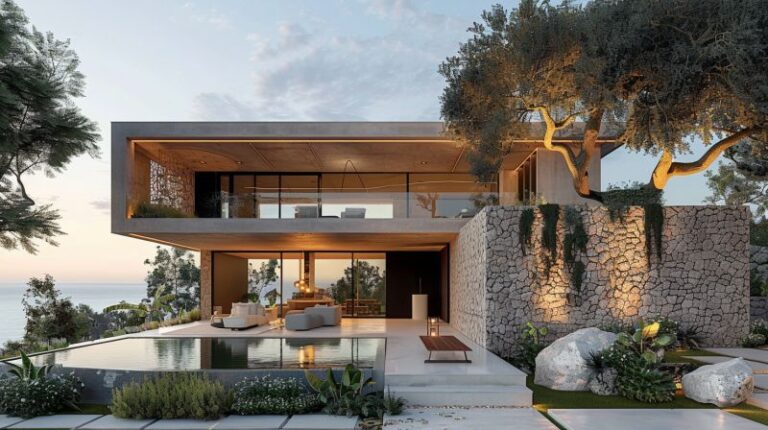Creating rental-ready homes goes far beyond aesthetics. Today’s architects must balance beauty with function, embedding design features that enhance usability, meet regulatory demands, and ensure long-term resilience for landlords and tenants alike. Here’s how smart design thinking adds value from day one.
Adaptive Spaces: Flexibility for Every Tenant
Gone are the days of rigid floor plans. Today’s renters—whether professionals, families, or students—crave adaptability. Architects can boost a property’s rental appeal and occupancy rates by designing spaces that evolve with changing needs:
- Dedicated home office nooks that double as reading corners or hobby zones
- En-suites with optional dual access, easily reconfigurable for shared or private use
- Modular living-dining areas with movable partitions or multi-use furnishings
Flexibility isn’t just a tenant perk—it reduces costly void periods and enhances tenant retention.
Resilient Materials: Designed to Withstand Wear
Rental properties experience more turnover and wear than owner-occupied homes. Material choices must prioritise both form and function. Key considerations include:
- Weather-resistant external finishes to protect against seasonal extremes
- Easy-clean internal surfaces, ideal for kitchens, hallways, and high-traffic zones
- Anti-mould treatments in bathrooms and kitchens, preventing damage and costly remediation
These features significantly reduce ongoing maintenance costs and protect the property’s long-term value.
EPC & Regulation-Ready: Build for the Future
With sustainability benchmarks tightening, energy efficiency isn’t optional—it’s a must. Properties designed today must meet the regulations of tomorrow. Forward-thinking design strategies include:
- Passive solar orientation to optimise natural heat and light
- Mechanical ventilation with heat recovery (MVHR) for improved air quality
- Renewable heating solutions, such as air source heat pumps or solar panels
Embedding these features at the design stage saves on expensive retrofits and boosts EPC ratings—key factors in tenant decision-making and long-term profitability.
Compliance Built In: No Retrofitting Surprises
Compliance should be baked into the blueprint, not tacked on later. Adhering to HHSRS (Housing Health and Safety Rating System) standards early avoids delays and extra costs:
- Secure, well-lit staircases and compliant balustrades
- Clearly marked fire exits and protected escape routes
- Abundant natural light and high-security locks to meet safety and comfort standards

